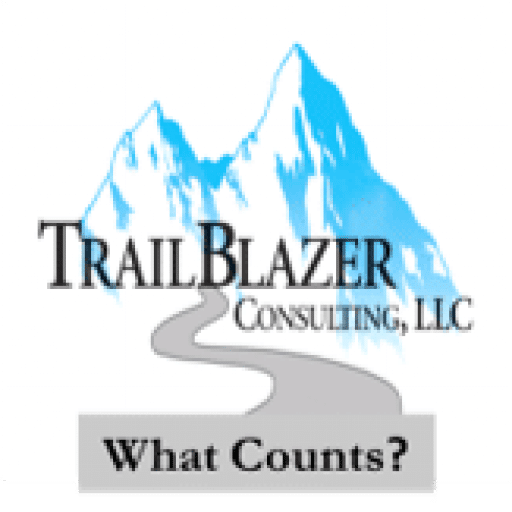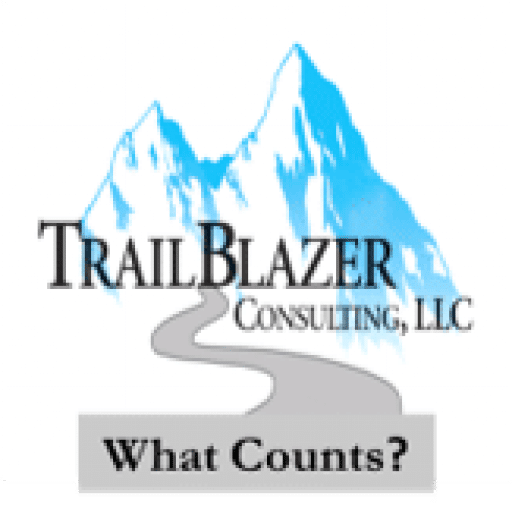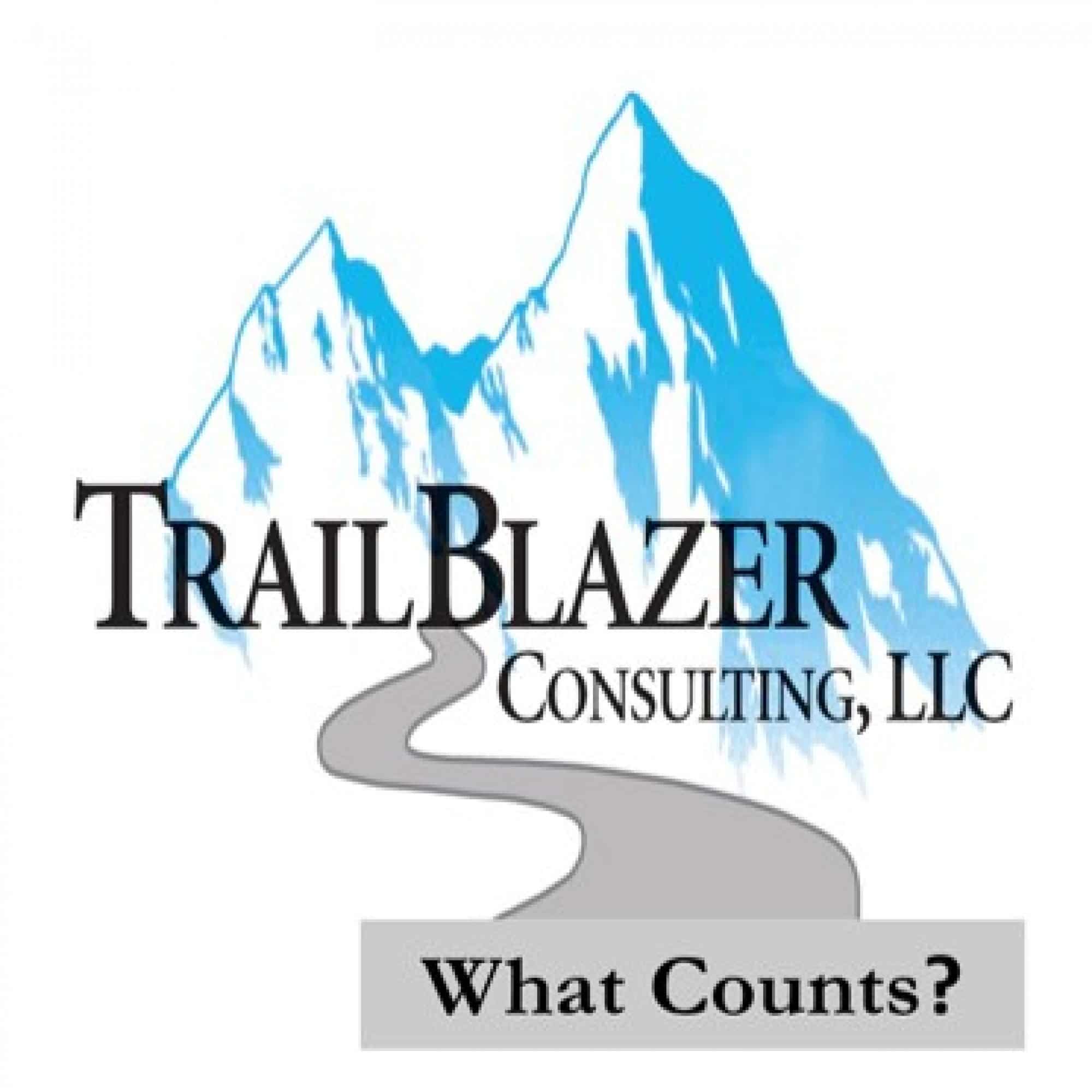Episode Transcript
[00:00:01] Speaker A: Project success Factors people Process and technology related.
Hello. Thank you for joining us. This is what counts. A podcast created by Trailblazer Consulting. Here we highlight proven solutions developed through our experience working with companies across various industries and we talk about how you can apply these solutions to your company. We share our experience solving information management challenges like creating and implementing your records retention schedule, creating an asset data hierarchy, or helping with email management. This is Lee and in this episode Maura and I will discuss Project Success Factors as they relate to people process and technology.
How do you feel about that today?
[00:00:41] Speaker B: Maura well, there's a reason that people process and technology come up every time we talk about anything.
Because when we're talking about a big change to an organization, you have to consider those three things.
One or the other might be more important or receive more attention. But all three are part of our world today. So the people side, do people understand what they're supposed to do? Do they understand their part of it in the bigger picture as well as just across the board? Does everybody know their job?
And I don't mean that in any kind of a pejorative way, like, oh, people don't know what they're supposed to do, but we're making a change. You're introducing a change into your organization and that means that what people have been doing for many years is probably going to need to change and it takes a while. People have different capacities for change. People have different willingness to change is a really important piece. People are very caught up in feeling like they're doing something that is important for their company. Or at least most of the people that I've ever worked with feel like I have to do this, I have to do this. Well, in some cases they feel like they're the only one who can do it. So the people piece of this is really important and you have to give them the support and the voice to say, I think this will work. No, I don't think that'll work. Can we talk about it this way and help them shape this change so that they will do it, that they will understand it, they will accept it, and they will go forward with it? Because people are really good at finding workarounds. Your favorite topically that people are always willing to find a way out if they don't like the change that's coming at them. So that's one big piece of it. The second piece is process because we're talking about in our world, we're always talking about the flow of information and how a business process gets done, how something gets done. And there's a lot of different ways you can do that. Some are more efficient than others. You remember when we talked to that one organization about their recruiting process?
Yes. You're nodding at me.
[00:03:00] Speaker A: Absolutely. For our listeners, absolutely.
[00:03:04] Speaker B: Yeah. Then we found that they were storing resumes in five places, right? Because each one of them knew it was important to save the resume and the recruiter and the interviewer and the hiring manager and whoever else all felt like they didn't know who was doing it, who was saving that, they knew it was important to save it, so they all saved it. So looking at process like that and process change, when you're introducing something new, these are good opportunities to make things flow more smoothly and also to reduce risk. Especially today when privacy concerns abound. And the ability to find and manage any privacy data across your whole organization is critically important. You don't want five different groups saving resumes. You want to have those in one place so you can destroy them as soon as the EEOC rules say you can for resumes for people that are not hired. So having that overview of process change is another critical factor to making a project successful. And then the last piece, of course, is technology. And I put this last because a lot of times you might hear, oh, all we have to do is buy a new piece of software. And we've seen over and over again that buying a new piece of software does not get you really anywhere. If you haven't figured out the process changes and the people changes, then the technology is just going to be another problem. It's not going to work for everybody. It's not going to work the same way. It might introduce process disruption. It might end up with version control problems or extra data being saved and stored that isn't needed, extra steps being introduced because people don't understand how the new technology is going to work versus the old technology. So I always want to see that be kind of the final step that you consider when you're thinking about the project. It's important to get the requirements right, it's important to find the right technology. But if you start there and you don't look at the people in the process, it's going to be a much harder project to implement. What do you think about that?
[00:05:19] Speaker A: Yeah, I think you're right on. And taking into consideration all three of these factors is huge but important.
One thing I was kind of just thinking about is we covered in some earlier episodes a lot about change management. In fact, I think we had a visitor, Donna Vitali, at that point in time. And we talked about how change management needs to be done in an organization or the best way to do that.
We had some other episodes about process improvement and I think our conclusion there was do the work, do the hard work, right, to make the process actually work for the organization. And so the technology piece is a new one that we really didn't cover. And I'm kind of morphing that into organizational readiness for that technology. And so those were my thoughts as you were talking, that this is the progression of how our episodes have gone, as well as this is the progression of maybe how this episode could go.
[00:06:18] Speaker B: Yes, everything comes together. I think you're right. This is about organizational readiness because it's just like you wouldn't want I knew someone once whose parents bought her a car a full year before she could get her driver's license because they got a good deal on the car. On the other hand, the parents had to sit there and have the car in the garage or in the driveway. It had to be inspected. They had paid personal property taxes on it because of the state they lived in, had to do that every year. They had to pay insurance and nobody could drive it. And so by the time that she could drive it, it was actually a year old. And I just did not understand that. So if you were thinking of the driver, my friend, as the organization, she wasn't ready for that new technology and all it did was cost them money. And also it was kind of frustrating because she was like, I got a car but can't drive it. So simplistic example, I know, but kind of similar to what organizations go through when there's a shiny new piece of technology and they can't use it because they weren't really prepared for the amount of time it was going to take to get this piece of technology ready to go.
[00:07:32] Speaker A: Yeah, I think that's the key piece is getting the technology ready to go because a lot of organizations see this shiny new piece of technology and put it in place and say, go, yeah, we're done. It becomes a disaster because now you have legacy systems that are still being used. You have the new system that they're trying to use and people are searching in both places and it just becomes kind of messed up the situation. And that's not necessarily organizational readiness. That's more of an approach to you can't just buy a piece of software and say, here you go, use it. Right. There has to be some preparation before it.
[00:08:14] Speaker B: Yeah, no, I mean, I think it is organizational readiness when you think about the people process and technology. They all have to come together.
[00:08:21] Speaker A: Yes, that makes sense.
[00:08:22] Speaker B: And I just had another example pop into my head, not so simplistic as the buying a car early, but when everybody had to go to remote work a couple of years ago, some companies pushed out very quickly the collaboration tools like Microsoft Teams or the Google meeting space, I forgot its name, or Zoom. And they got it out there. They could do video calls, they could do chats.
Some of those tools had the ability to connect, to document repositories and to store files. And those pieces of the implementation were kind of less they got less attention in that initial rollout and there wasn't a real effort because I'm always thinking about this from the data side. There wasn't a real effort to think about where was data being stored before and now where is it being stored? And this new technology allows you to create places to store data that are disconnected from the old places. And so they actually created a new problem by rolling out the new technology.
So that was an unusual circumstance, but even short of a pandemic, that kind of thing does happen in technology rollouts, and we've seen it a lot over time. So this is just the first of a few kind of a series of episodes that we're going to talk about how to make your projects more successful. You brought up a point that I hadn't even thought about. We might need a later series about how do you do requirements, development and design and all those pieces that focus really in on technology. But that's not this next series. That might come later in the next series. I think we really should focus on how do we measure organizational readiness and how do we kind of respond to what we find in that measurement. If we find that they're not ready, well then what do we stop or what do we do? So stay tuned.
[00:10:29] Speaker A: I totally agree with that. I think what I heard is let's take people break it down process, break it down technology, break it down, right. Each one individually. Because your example, if you just take teams and throw it out and say, have everybody use it teams. Microsoft teams is what I meant. Right. That's difficult because you may already have a chat system that's being used, like Slack or something to that effect. Right. So now you're trying to get people off of one into Microsoft teams to use that chat. A collaboration environment. There might be already one existence or not, and people don't even know how to use that. So breaking down even the application that you want to use into small components and deciding whether an organization is ready for it, ready for a small piece of the larger piece of software, is a good thing to just measure things out.
[00:11:26] Speaker B: I agree.
All right, we'll see you next time. And we'll dive into organizational readiness one way or another.
[00:11:36] Speaker A: If you have any questions, please send us an email at info at trailblazer or look us up on the web at WW trailblazer us. Thank you for listening and please tune into our next episode. Also, if you like this episode, please be a champion. Share it with people in your social media network. As always, we appreciate you, the listeners. Special thanks goes to Jason Blake, who created our music.




